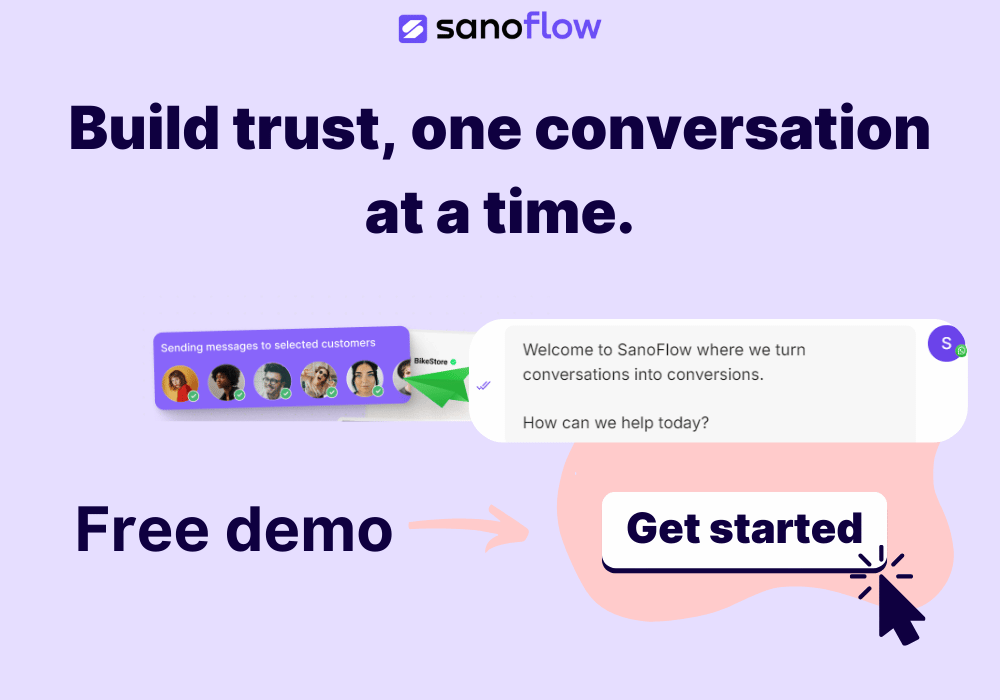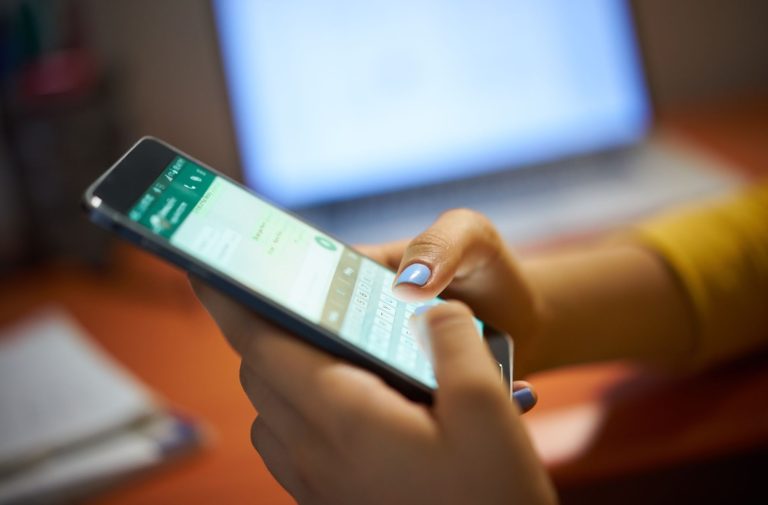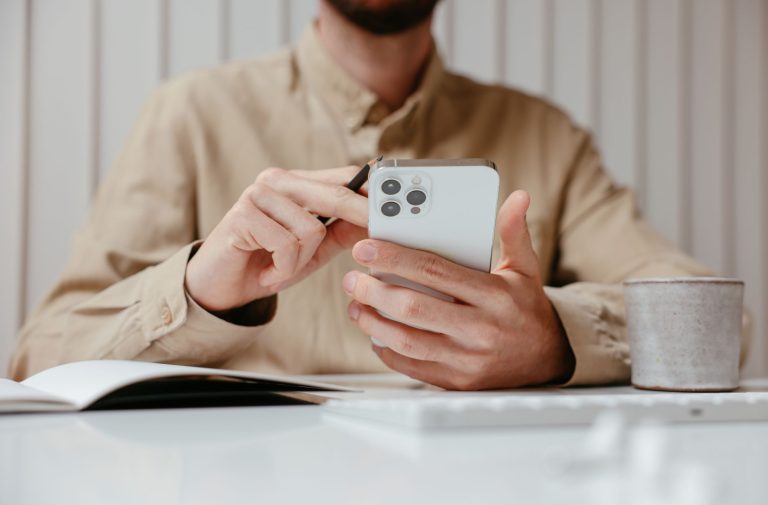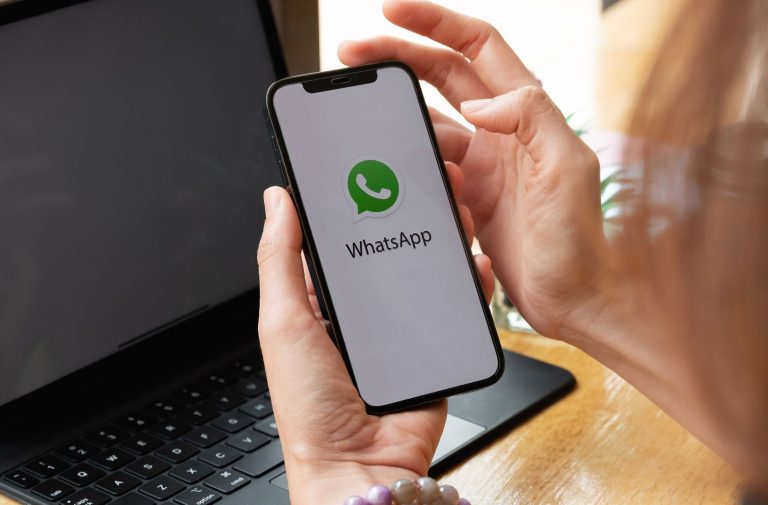In an era where instant communication rules, businesses must find effective ways to engage with their audience. One innovative and highly efficient method is through automated WhatsApp marketing. This approach leverages the widespread use of WhatsApp to create seamless communication channels that enhance customer interaction and streamline various marketing processes. By automating routine messages and responses, companies can focus more on strategy and less on administrative tasks, ensuring a better allocation of resources and a more personalized customer experience.
Automated WhatsApp marketing is gaining traction mainly because of its ability to execute tasks with precision and consistency. Businesses can automate customer engagements such as follow-ups, promotional messages, and service updates, ensuring they reach their customers at the right time with the right message. This not only saves time but also enhances the quality of customer interactions, leading to higher satisfaction rates.
Understanding Automated WhatsApp Marketing
Automated WhatsApp marketing utilizes tools and strategies to send pre-scheduled messages and responses through WhatsApp, cutting down manual efforts and reducing response times. This form of marketing ensures your messages get delivered promptly and your customers feel valued. Automation can handle tasks like greeting new customers, providing instant answers to common questions, and sending reminders about appointments or promotions.
The benefits of using automation in WhatsApp marketing are clear:
– Efficiency: Automation saves time by handling repetitive tasks, allowing teams to focus on more complex marketing strategies.
– Consistency: With scheduled messages and standardized replies, you maintain a consistent brand voice and messaging.
– Personalization: By automating certain messages, you can still personalize interactions based on customer behavior or preferences, boosting their engagement.
Through automation, businesses can ensure they never miss an opportunity to connect with their audience, providing timely assistance, offers, or information.
Setting Up Flows in WhatsApp Marketing
A “flow” in WhatsApp marketing refers to a predefined sequence of messages and responses based on user actions or inquiries. Setting up these flows is crucial for maintaining smooth communication paths and ensuring that each customer receives the attention they need. Here’s a simple guide to setting up effective flows:
1. Identify Customer Journeys: Determine the pathways your customers typically take, from initial contact to post-purchase support.
2. Map Out Interaction Points: Identify key touchpoints where automated messages can be beneficial, such as confirming orders or providing product information.
3. Design Message Templates: Create clear and concise messages for each interaction point, ensuring they match the brand tone and provide relevant information.
4. Test and Optimize: Before going live, test each flow to make sure messages are triggered correctly and flow logically from one to the next.
5. Monitor Performance: Continuously monitor how these flows perform, making adjustments based on metrics like open rates and customer feedback.
Effectively implemented flows ensure that your WhatsApp marketing strategy runs smoothly, providing customers with timely responses and relevant information. By meeting customer needs efficiently, businesses build stronger relationships and enhance customer loyalty.
Using Template Triggers and Drip Logic
Template triggers and drip logic play a crucial role in enhancing your WhatsApp marketing strategy. A template trigger is a pre-designed message that automatically engages with customers based on specific actions they take or conditions they meet. Drip logic involves sending a series of messages over a set period, guiding users through a predefined journey, like nurturing a lead or onboarding a new customer.
To create effective template triggers, consider these steps:
– Identify Trigger Points: Pinpoint specific customer actions or events that should initiate a template message, like signing up for a newsletter or abandoning a cart.
– Design Relevant Messages: Prepare concise and engaging messages that are closely matched with the trigger point. For example, a welcome message or a reminder for an unfinished purchase.
– Set Timing and Sequence: Decide when and in what order the messages will be sent, ensuring it aligns with the customer journey.
Implementing drip logic effectively requires careful planning. A well-structured drip campaign can gently nudge a potential customer towards making a purchase. Here’s how to make the most of drip logic:
– Objective Definition: Clearly define what you want to achieve, such as boosting engagement or guiding new users toward product usage.
– Audience Segmentation: Tailor the drips to different audience segments to address their unique needs and preferences.
– Monitor and Refine: Keep a close eye on how well your drip messages perform, and tweak them to ensure they remain effective.
Real-World Use Cases: Lead Follow-Up and Upsell Reminders
Incorporating automation into lead follow-up processes ensures that potential customers don’t slip through the cracks. By automating follow-up actions, businesses can maintain regular contact with leads and nurture them effectively until they’re ready to purchase.
Here’s how to set up automated lead follow-ups:
– Categorize Leads: Group potential customers based on their behavior or engagement level.
– Craft Personalized Follow-Ups: Customize messages that cater to different lead groups, ensuring each feels individualized.
– Schedule Regular Check-Ins: Automate check-ins that maintain a connection with leads without overwhelming them.
Upsell reminders are an excellent opportunity to encourage customers to purchase additional items or upgrade their orders. With upsell reminders, you can suggest related products or services after an initial purchase, enhancing overall sales and customer satisfaction.
Steps to effectively implement upsell reminders:
– Analyze Purchase History: Understand what your customers typically buy to suggest logical and relevant upsells.
– Create Enticing Offers: Develop irresistible deals or bundles that complement their previous purchases.
– Use Timing Wisely: Send reminders post-purchase when customers may still be interested or when they’re likely to need a refill or update.
Maximizing the Potential of Automated WhatsApp Marketing
By integrating strategies such as template triggers, drip logic, lead follow-ups, and upsell reminders, businesses can transform their WhatsApp marketing efforts into a powerful tool for engagement and growth. Streamlined communication and timely interactions can lead to stronger relationships with customers, translating into loyalty and increased sales.
As businesses continuously look for ways to improve customer interaction, automated WhatsApp marketing offers a viable and effective solution. By embracing these techniques, organizations can ensure they stay ahead of the curve, delivering exceptional service while optimizing their resources. This approach not only caters to instantly attending to customer needs but also supports long-term strategic goals.
Harness the full potential of your marketing efforts with Sanoflow’s expertise in WhatsApp Business Automation. With smart workflows like flows, template triggers, and drip logic, you can handle lead follow-ups and upsell reminders automatically and build better customer relationships. Let Sanoflow help you simplify routine tasks and keep conversations moving without missing a beat.






